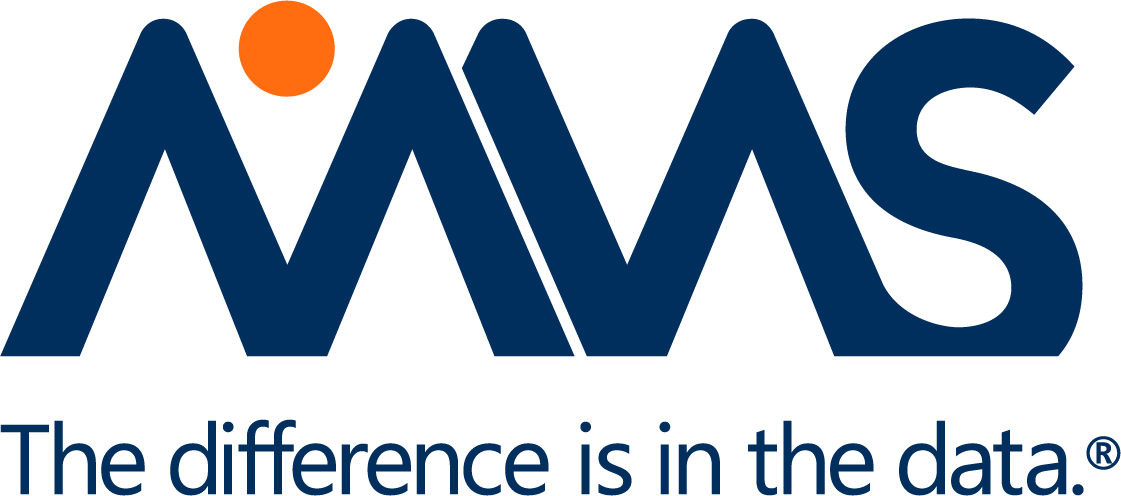Of note, the regulation has a phased approach, where only new drug submissions are in scope initially, with medical device submissions in scope by 2021.
Clinical information from drug submissions submitted to Health Canada that receive a final regulatory decision after March 2019 will be made available to the public by posting it to Health Canada’s clinical information portal.
Examples of documents in scope include clinical study reports, including some appendices, and submission summary documents. Similar to Policy 0070, Sponsors will be required to anonymize any ‘personal information’ from the documents, and sponsors will also be allowed to redact confidential business information, or CBI.
The regulation provides recommendations for principals to follow that will ensure patient information is not disclosed. The regulation also identifies specific categories of information that may be considered CBI. Sponsors must submit their proposed redactions and anonymizations to Health Canada for review.
Planning for publication of clinical documents proactively
Any sponsor who has submitted clinical information to Health Canada that is in scope of this regulation should ensure that they have a robust process developed or a partnership in in place to be able to meet the requirements.
The process for defining what documents are in scope, identifying CBI, ensuring personal information is protected, applying document redaction or anonymization, and preparing for submission can take months and many discussions internally. It is important that sponsors have processes and infrastructure developed, including SOPs and templates, review guidelines and approval matrices so they are ready to hit the ground running when requested to comply with this policy.
Without this infrastructure in place, sponsors may waste valuable time preparing to begin – time which should be spent processing documents.
Another positive important step towards being prepared for this regulation is to ensure that ‘lean authoring’ techniques have been adopted. Documents that are in a format that are transparency ready from the start will greatly ease the burden of public disclosure.
Retrospective publications, and how sponsors can plan properly
The PRCI regulation allows the possibility for any past regulatory submission reviewed by Health Canada to be made available on the Clinical Information Portal on request, similar to proactive requests. Retrospective requests like these are the most challenging for sponsors. These requests can come in with no warning. Very often, sponsors will need to initiate document preparation quickly in order to meet the timelines.
It is important to note that the timeline for preparation of these documents is the same regardless of the size of the submission. Sponsors should consider a number of factors in their planning, but certainly large submissions with numerous Clinical Study Reports (CSRs) require extensive planning.
Unlike Policy 0043, Health Canada will not propose initial redaction of PPD and CBI, so the burden is entirely on the Sponsor for these requests. Additionally, the requests may be of greater scope than what has been set by Policy 0043. Thus, it is essential that any sponsor who submitted a previous new drug application to Health Canada take the aforementioned advice to be prepared should an unexpected request come through.
To stay ahead of these changes, it’s important to stay informed and understand the regulations. Sponsors should make it a point to ensure that clinical trial transparency is considered within all functional areas for efficiency, including adopting lean authoring techniques in medical writing. Connecting with partners and vendors that are up-to-date on any current and proposed future regulations is key, allowing the team to leverage additional experience and fill any knowledge or process gaps. It is important to be well informed and prepared ahead of actual implementation.





